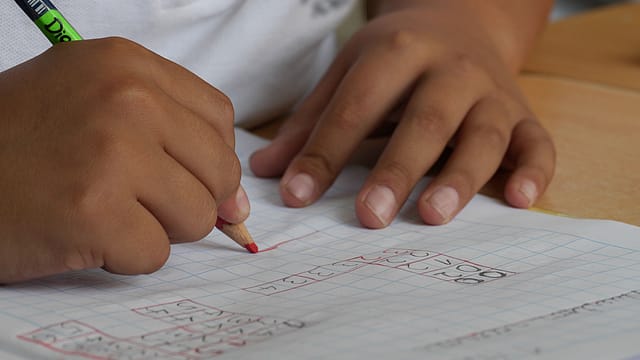Achieving quality education in India
ADVERTISEMENT

The United Nations' Sustainable Development Goals (SDGs) 2015, adopted by 193 nations, recognise the role of good quality and accessible public education in developing nations such as India. In its goal no. 4 (SDG 4: Quality Education) it embeds the crucial tenets of human capital formation that needs to be mainstreamed in national development frameworks.
The importance of public education is also depicted in the recent Draft National Education Policy 2019 which favours 20% of total public expenditure to be spent on education. Even the NITI Aayog suggests that the spending on education should be increased from 3% of the GDP to at least 6% of GDP by 2022, which is much higher than the world average expenditure on education at about 4.82% of GDP, in 2015.
The United Nations highlights policy initiatives like the Sarva Shiksha Abhiyan for making progress towards universalisation of primary education in the country. During the years of its implementation, the Gross Enrolment Ratio of students at primary level has reached to 99.21%.
Schooling and education, however, are two different things. Although India has made substantial progress in getting children enrolled in schools, this has not led to children getting a quality education. Despite implementing the Right to Education Act 2009, which makes free and compulsory elementary education a fundamental of every child, India accounts for around 21% of the world's achievement gap for the Quality Education goal, according to the Sustainable Development Solutions Network. With the mean years of schooling at 6.3 years and an 83% literacy rate in the age group of 15-24 years, India's performance is worse than the developing South-East Asian countries like Indonesia, Malaysia, Thailand, and Vietnam.
December 2025
The annual Fortune 500 India list, the definitive compendium of corporate performance, is out. This year, the cumulative revenue of the Fortune 500 India companies has breached $2 trillion for the first time. Plus, find out which are the Best B-schools in India.
Using 8 parameters associated with SDG 4 - Quality Education, recent studies by Observer Research Foundation (ORF) estimate that the sub-national level scenario of public education in India by constructing index scores (out of 1) as follows:
Delhi is the best performer in terms of quality education according to the study. In Delhi, there is a change in outlook towards the public education system in the past few years and concrete measures are being taken to revamp government schools. In 2016-17, for the first time, the Delhi-government allocated 22.6% of its annual budget to education, the highest for any state in India and far above the national average of 15.6% on education.
The general observation that arises out of the rankings is the fact that the rural states (like Jharkhand, Bihar, Uttar Pradesh and Assam) are lagging. Most of the rural youth skip the education process due to lack of opportunities and financial resources. They take up menial jobs and move to other states which significantly contribute to a vicious cycle of low education quality trap.
In the national capital territory (NCT) of Delhi, public school education is provided for the pre-primary, primary, secondary, and senior secondary levels by the government of the NCT of Delhi (Directorate of Education – DoE schools), the local MCD and the Kendriya-Vidyalayas, known as the central schools, under the aegis of the Ministry of Human Resources Development, government of India.
In 2014, the Aam Aadmi Party (AAP) won the Delhi legislative elections with a vast majority, and their government runs the DoE schools. The Bhartiya Janta Party (BJP), which formed the central government in 2014 and won the municipal elections in the three MCDs (East, North, and South) in 2017, and their administration runs the MCD schools. The two political parties often clash on the various issues of fund allocation and monitoring responsibilities. The political differences make the required coordination for ensuring a good quality public school education in Delhi, much more challenging to achieve.
The ORF study further points out that although Delhi government's focus on improving school infrastructure, bridging the learning gap of the students, and improving teacher training is a commendable approach, the public schools in Delhi still face a lot of challenges. Initiatives like Chunauti-2018 and the reading programs are still teaching basic Hindi literacy. Even after the success of these initiatives, the students are not at their grade levels.
Harnessing India's demographic dividend is essentially dependent on the education ecosystem of the country. Nearly one-fourth of India’s population is in the age group (6-23 years) that is supposed to attend educational facilities and form the human capital base of the country. Additionally, the affordability constraints of the Indian masses make the need for public education of paramount importance. At a time when budget outlays are scarce in implementing the SDGs, optimising the financial resources towards educational infrastructure is of utmost importance.
Views are personal.
The author is research assistant at ORF Kolkata.
